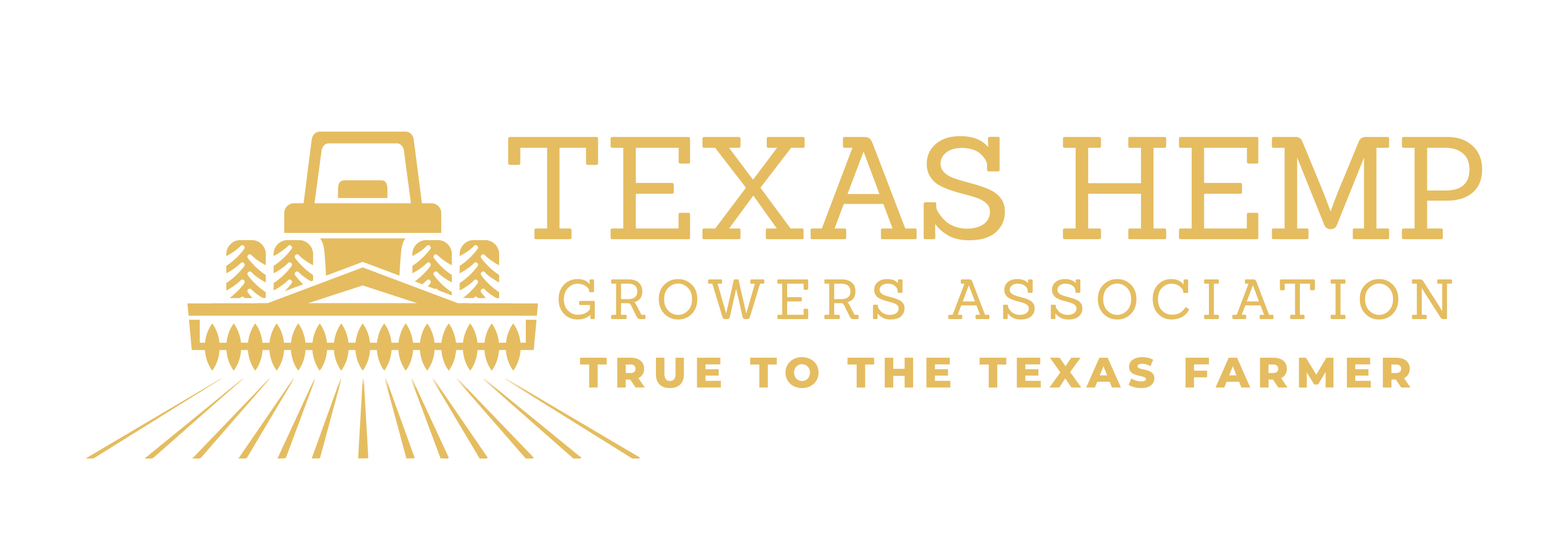Hemp for Cannabinoids – Just the Basics
Production practices among cannabis varieties vary with respect to cultivation, including plant height, density, and timing of their harvest. While marijuana is cultivated to promote the development of flowering tops and leaves of psychoactive cannabis plant varieties with elevated concentrations of THC, hemp is cultivated depending on its intended use across three different crops: fiber, seeds, and flower
When grown for high cannabinoid levels, production methods will resemble those of marijuana. High production cost severely limits profitability as the price for CBD has plummeted since 2019.

Farmers may choose to grow in greenhouses to minimize their risk and increase yields.
30,000 acres of hemp will meet US market demand. Currently, the most profitable market for cannabinoids is smokable flower.
Over 100 different cannabinoids are located in the trichomes on the flower and leaves of the female plants.
When pollination occurs, energy shifts from cannabinoid production to reproduction. Therefore, care must be taken to prevent pollination of the female plants. Many growers will choose to purchase feminized seeds or female clones. This significantly increases production cost, and with no way to verify quality, it has often been a waste of money.
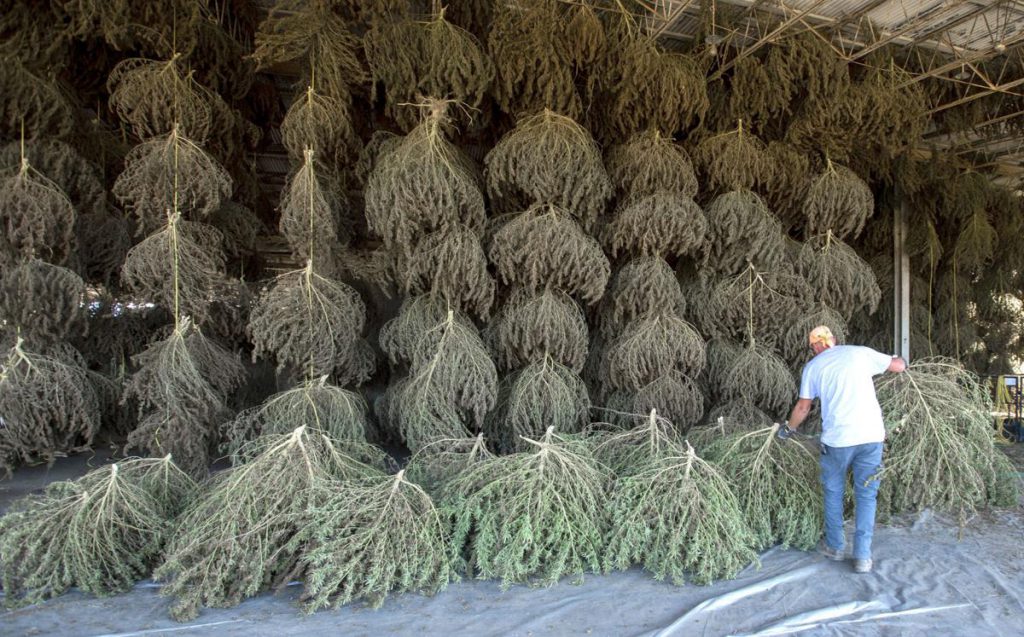
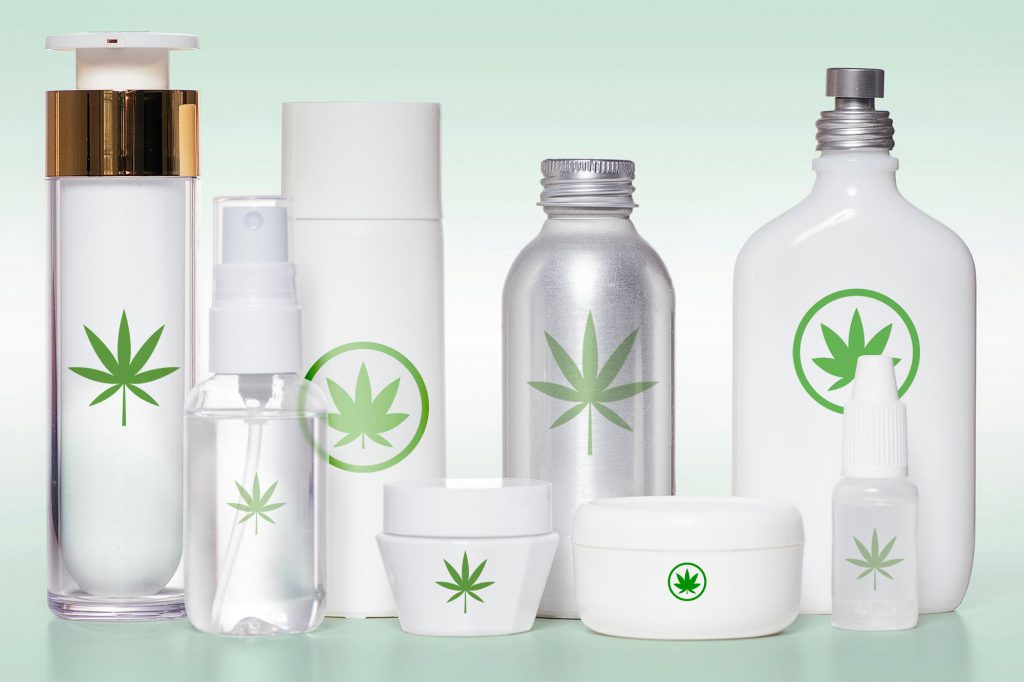
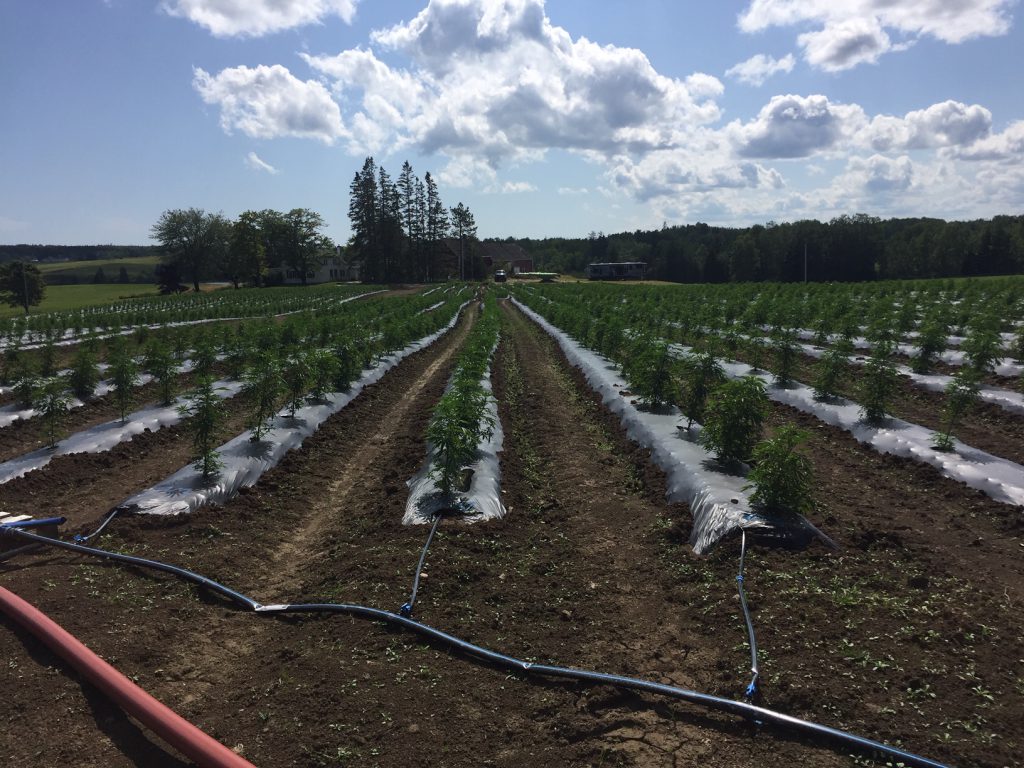
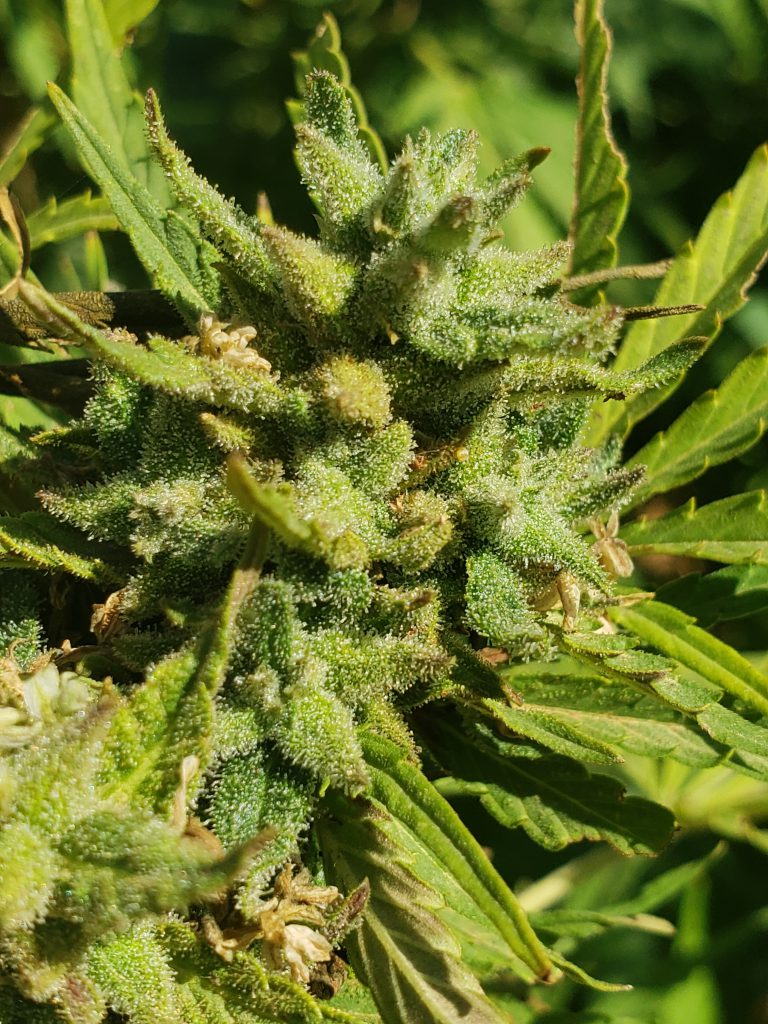
It’s not tumbleweeds – it’s hemp – harvested and drying inside. When the trichomes dry they resemble dust and can easily fall off. Following drying the foliage or “biomass” will be stripped from the stalk. Biomass is then taken to a processor for extraction of the essential oils – the cannabinoids
Great video on how to maximize your profits. And an understanding of the current CBD markets.
